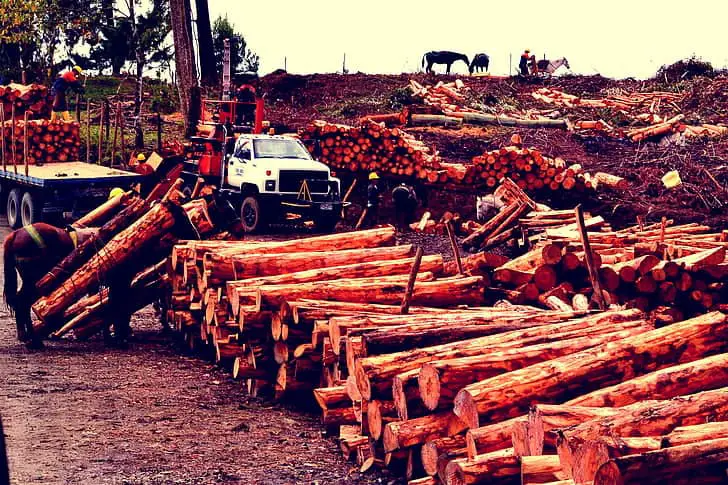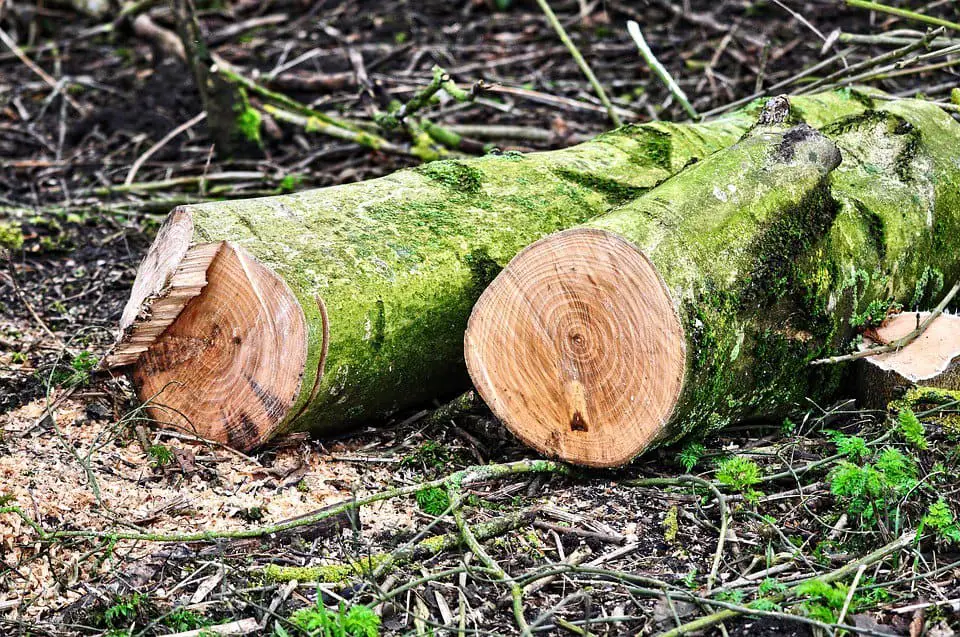What type od wood is expensive will always be a “viral” woodworking question , because money will always be an “issue” . All kinds of wood aren’t the same of course and even if we have separated the types of the wood in 3 big major categories , many more separations for wood exist .
If you like to remember the 3 types of wood , see them in HERE .
Depending of the wood’s properties and specific features , we can evaluate it diffenently each time and choose what we like .
The expensive types of wood , are the ones which combine rareness , beauty , weight , prestige , appropriate density , texture , thermical properties , acoustical properties , resistance to conditions , emotional factors , antiquity factors , color , behavior to woodworking machinery .

Why the Tropical and “hard” types of Wood , aren’t the most Expensive ones ?
People think that only the “hard” types , or the tropical types of wood are the most expensive , because they weight more , they have best texture , shades and colors , density , but this isn’t totally true .
If you find in a wood auction some pine boards which were in the warehouse of an old european King and they’re 500 – 1000 years old , i suppose you should pay way more to buy them , than a nice piece of ebony or mahogany or whatever .
This wood will be more expensive , because it’s rare , it’s very old , it has big emotional value , extremely rareness , history and of course it’ll be in specific quantities .
In Greece we have olive trees which are more than 2000 years old and we have also olive trees from the times of Socrates and Aristotelis .
Can you imagine what price in an auction or whatever , these olive trees – wood would have , if the goverment decided to sell them ?
So as you see it’s isn’t only the tropical wood types ( the snake wood , the iron wood , the agar , the purple heart , the pink/red ivory , et.c ) , which are expensive .
Yes , of course the tropical , Asian , African , Indian types of wood have high prices in general , but rareness , beauty , color and weirdness , aren’t the only factors that make a piece of wood expensive .
Imagine creating some quantities of plywood , using many veneer layers from several types of rare and expensive wood types as cherry , walnut , chestnut , et.c .
This plywood quantities wouldn’t be more expensive than a single piece of walnut or chestnut ?
Remember that the marine plywood , is a very expensive wood type even if it’s not a tropical wood or whatever .
The more features and specific properties , the wood piece combines , the more expensive it will be and all these of course aren’t stable factors throught time .

Why you can’t be 100% sure and accurate constantly , for the expensive wood Prices in the markets ?
Even if the prices of the more “common” wood types are kind of steady and they don’t have much of ups and downs , the prices of the expensive wood are changing continuously .
Because of these so many wood “ranking” factors and their rareness mostly , the prices of the most expensive wood are changing constanlty and they’re like the gold and silver .
One week you can find the african blackwood price , around to 8 – 9000$ per log and in a couple of days this price won’t be the same anymore .
So if you want to be exact and accurate for the money you’re about to spend , it’s more wise to search in the markets , in the net and in your local suppliers for the exact price , the moment you want to make your purchase .
In that case you’ll avoid “surprices” .

Wood recognition , evaluation and “ranking” are complex situations .
The recognition , evaluation and the final “ranking” of wood is a complete area in the wood science ( wood anatomy ) and it isn’t always easy to do .
You cannot identify the quality of wood , only by its outside shape and chartacteristics .
You need to learn the entire structure of the wood and after that , you can make a safe computing of its price , in order to buy some .
We have more than 1000 ( maybe i say a small number ) types of wood out in the markets and seeing only the external of the wood , doesn’t give you certainty about the price of the wood you’re about to supply for your woodworking projects .
The types of wood you’ll see in front of you in a market place or in your local carpenter shop , have so many differences . Wood pieces have major and column differences and that’s why experience is so importand .
Never stop giving yourself happiness working with wood .
